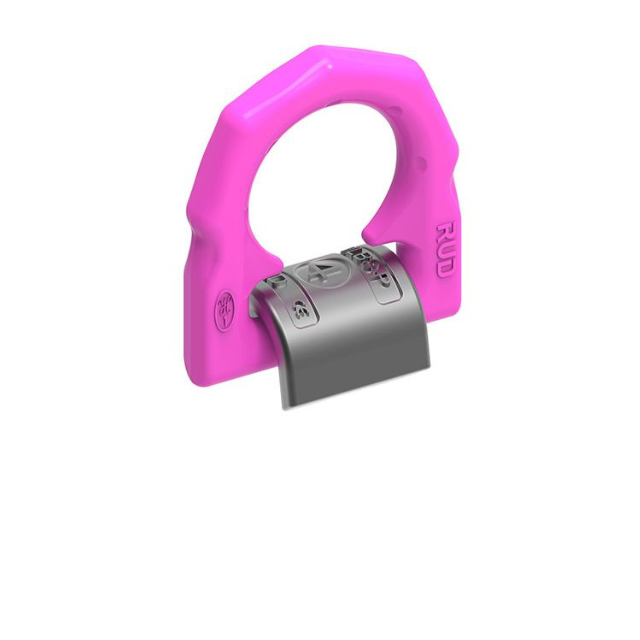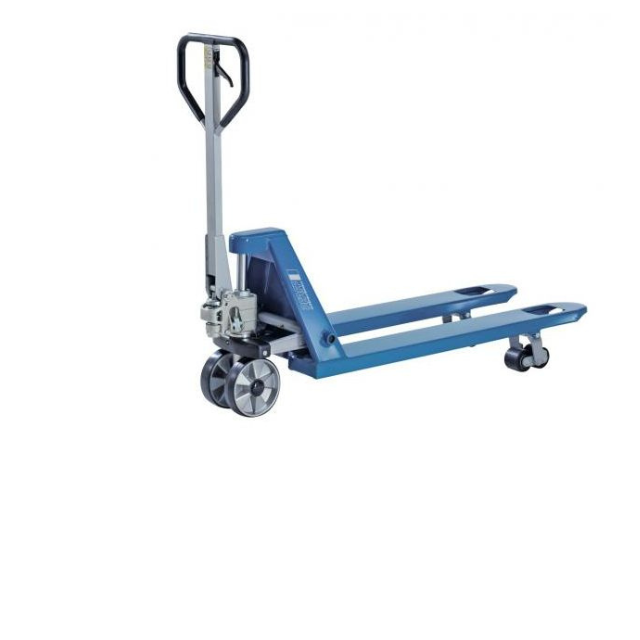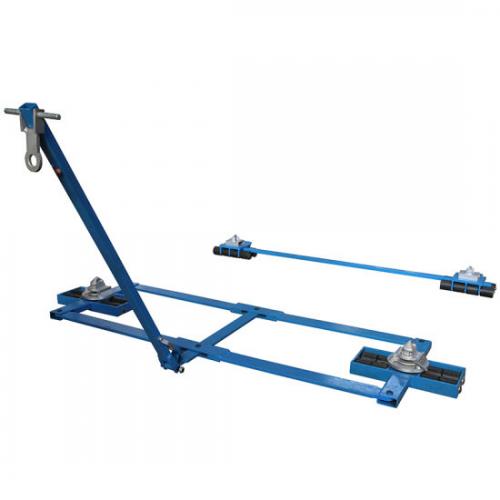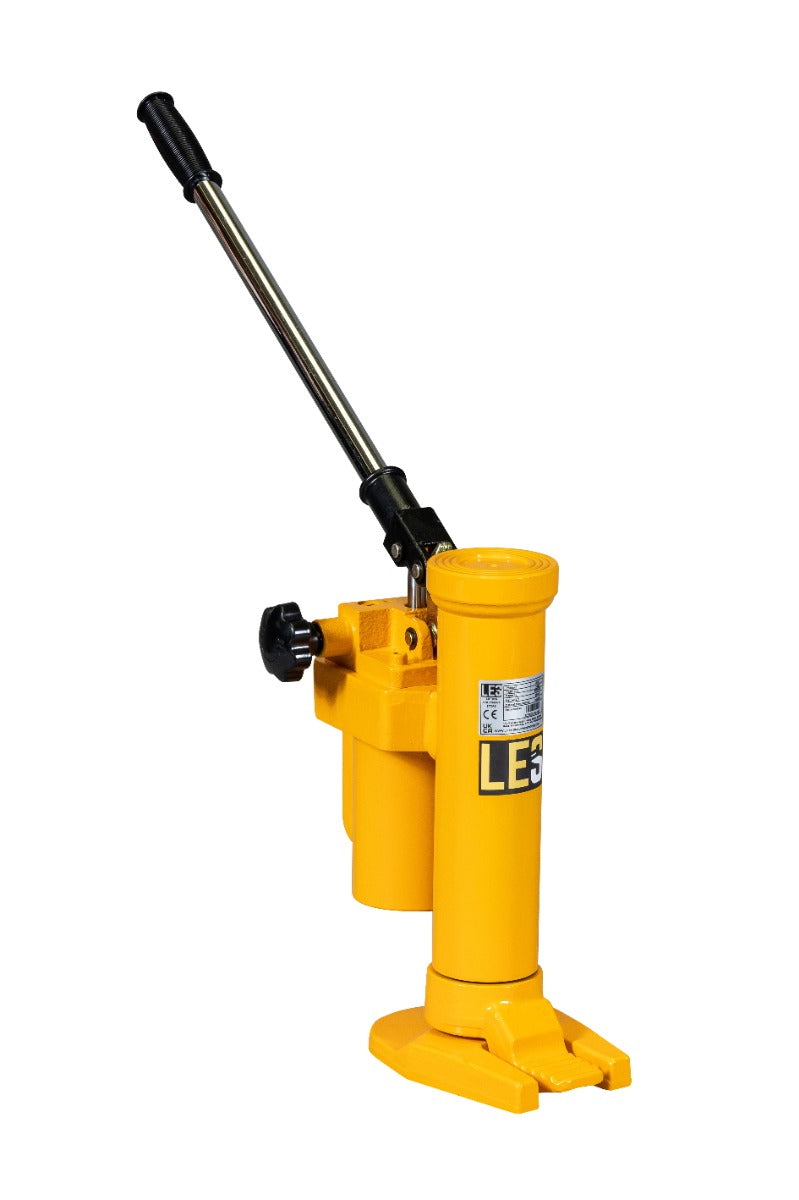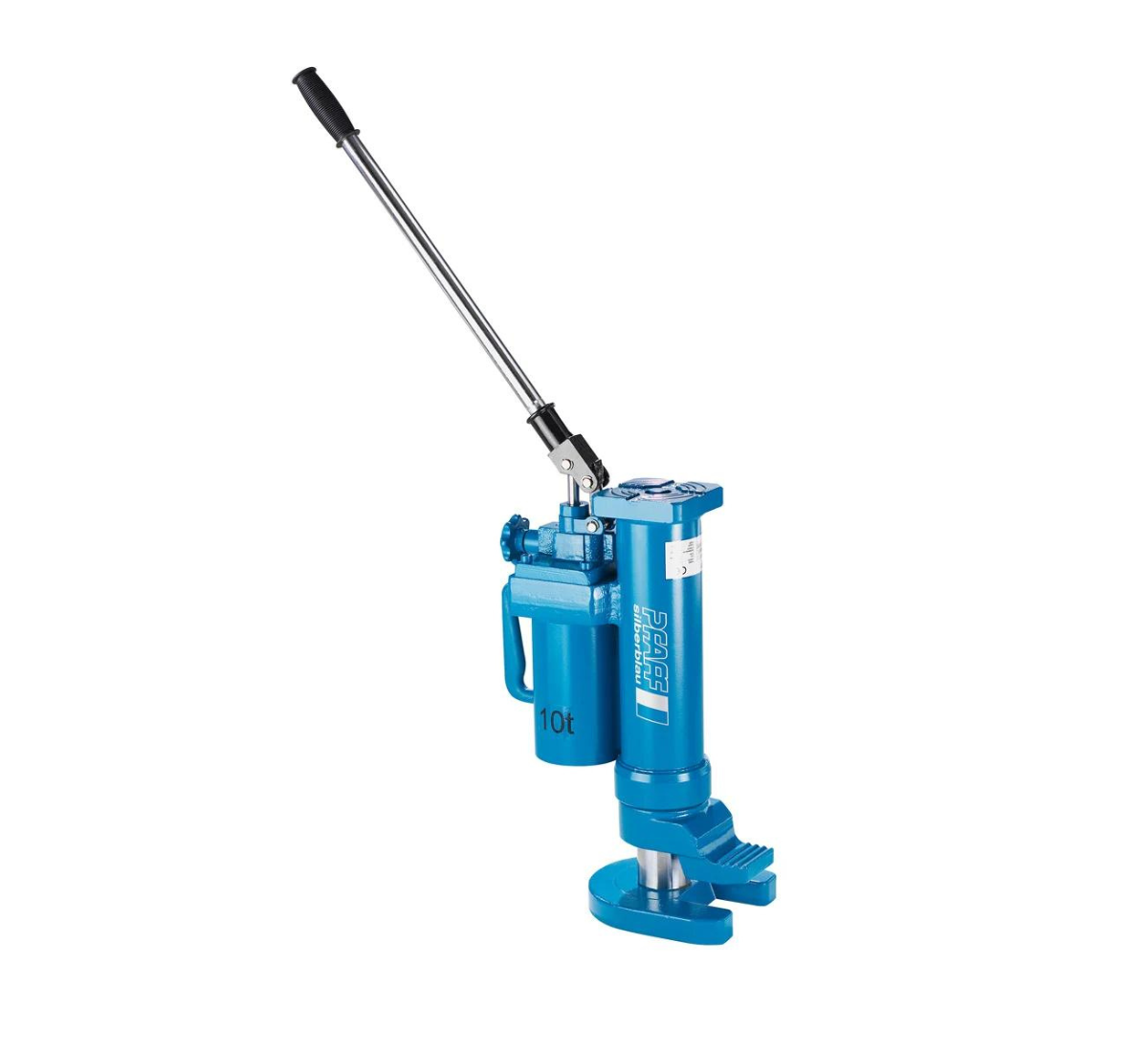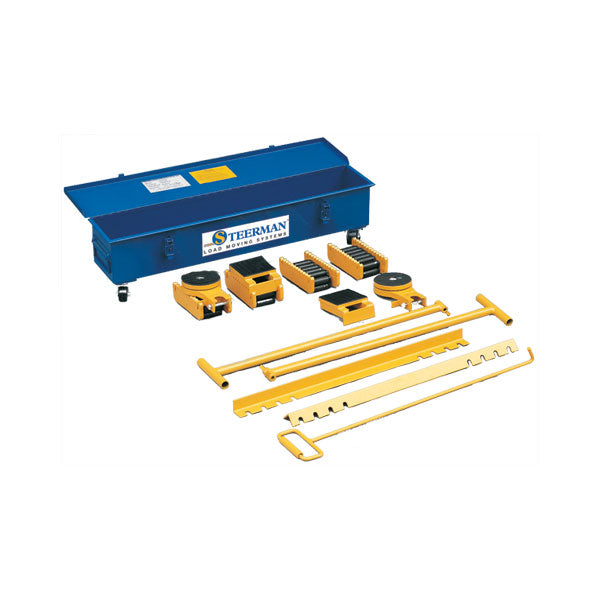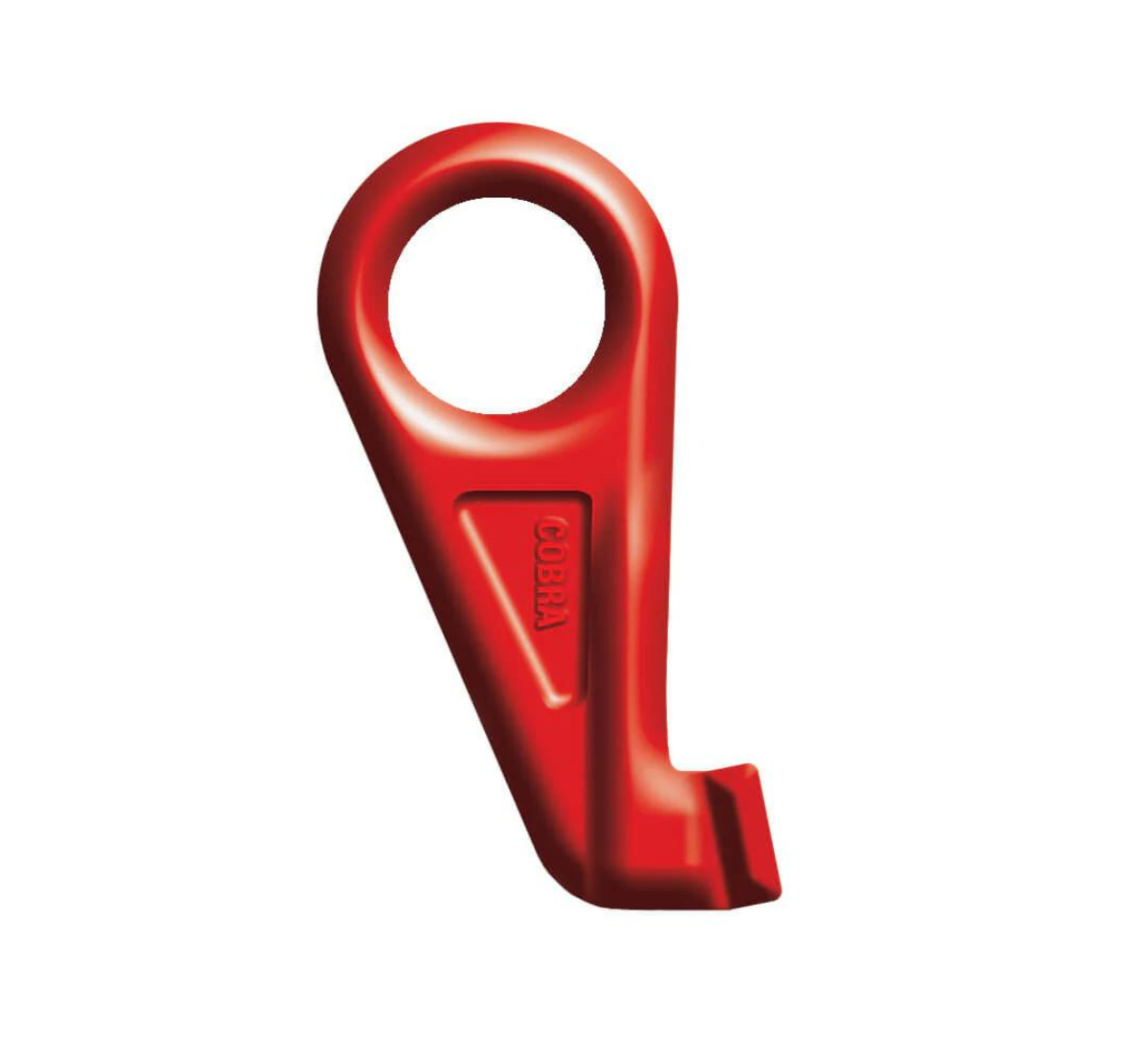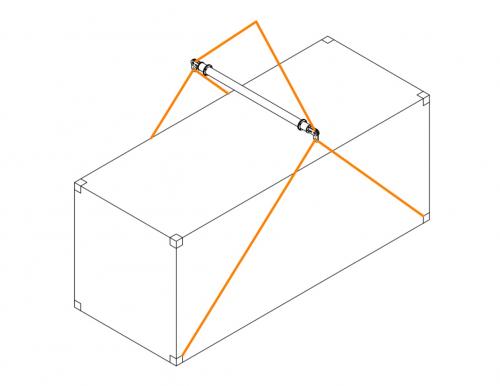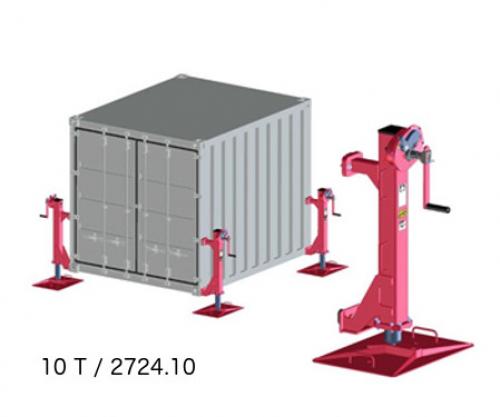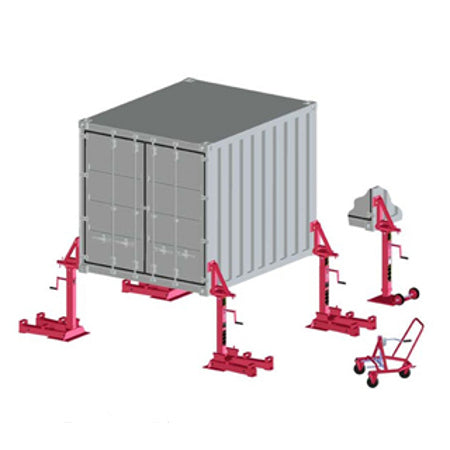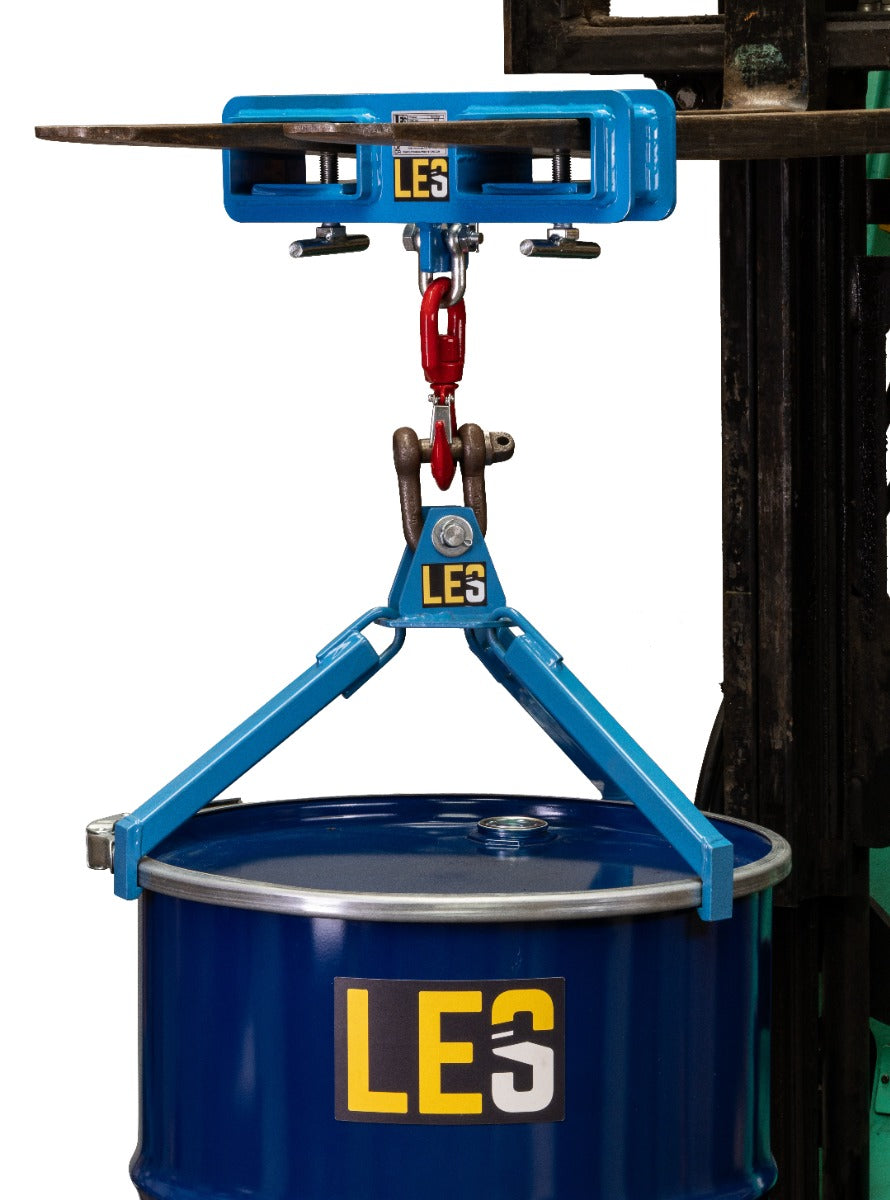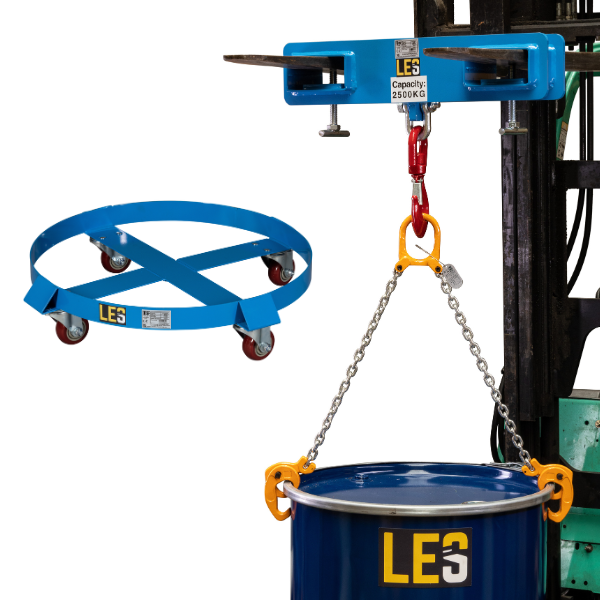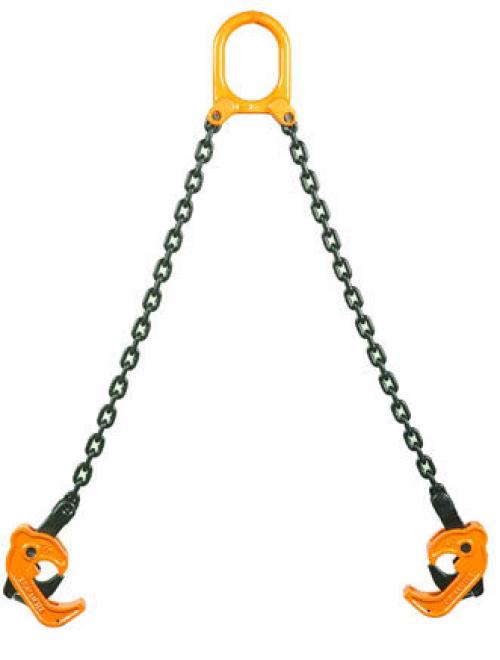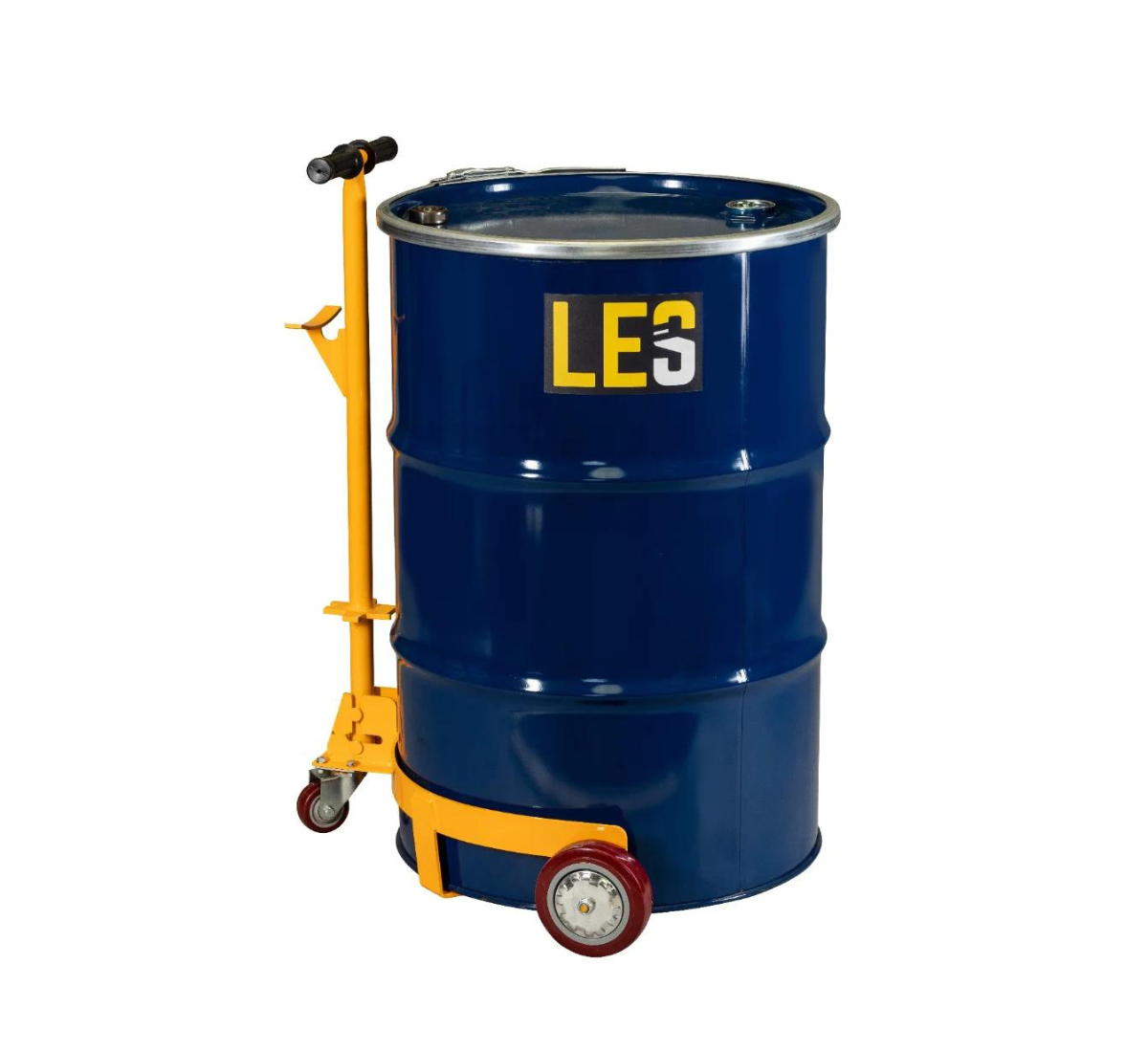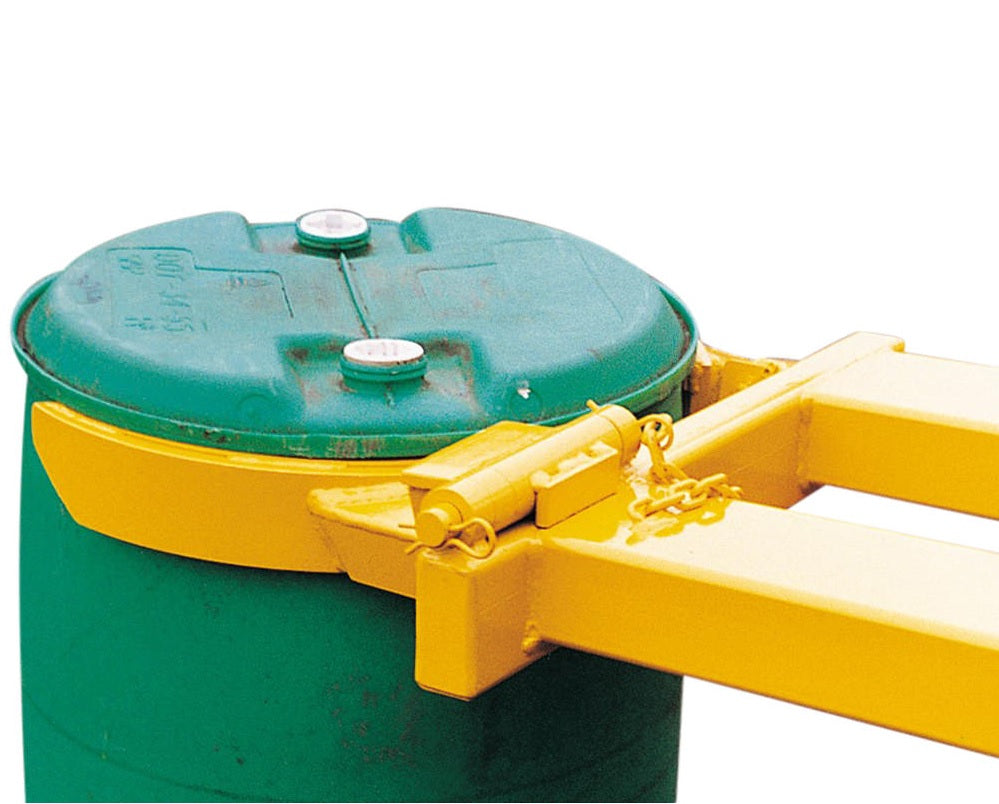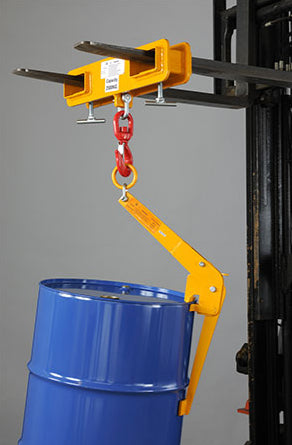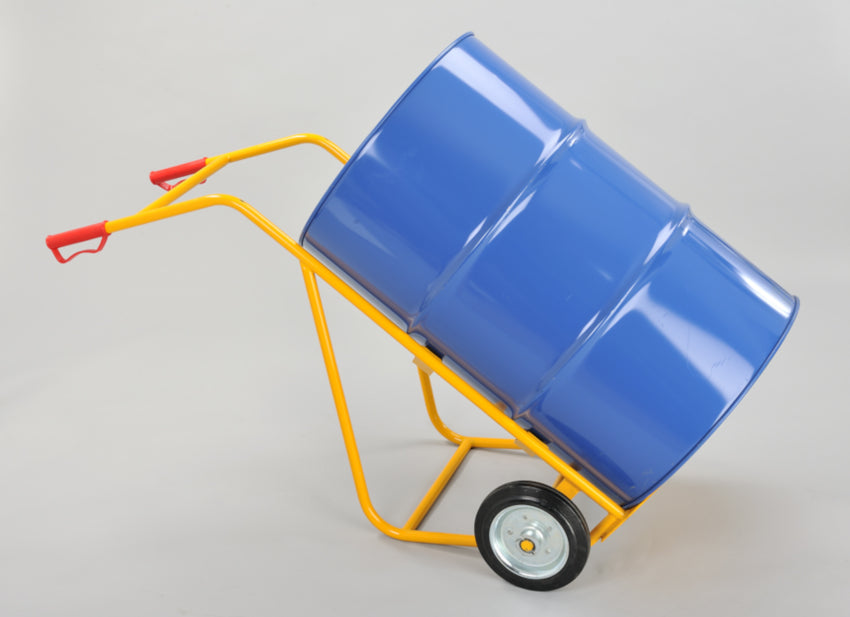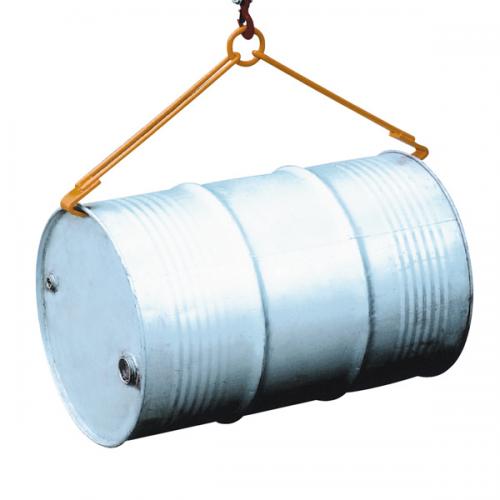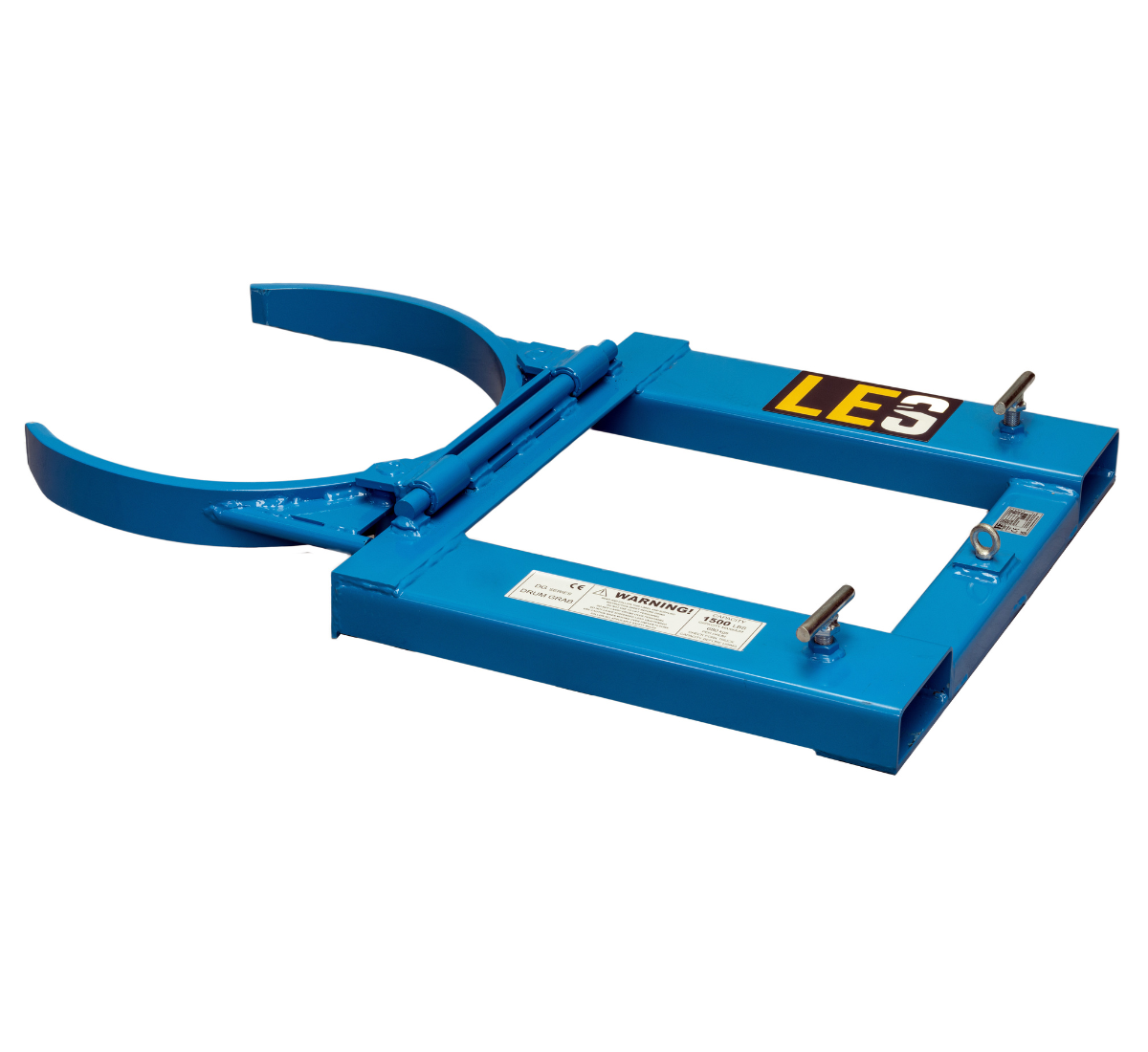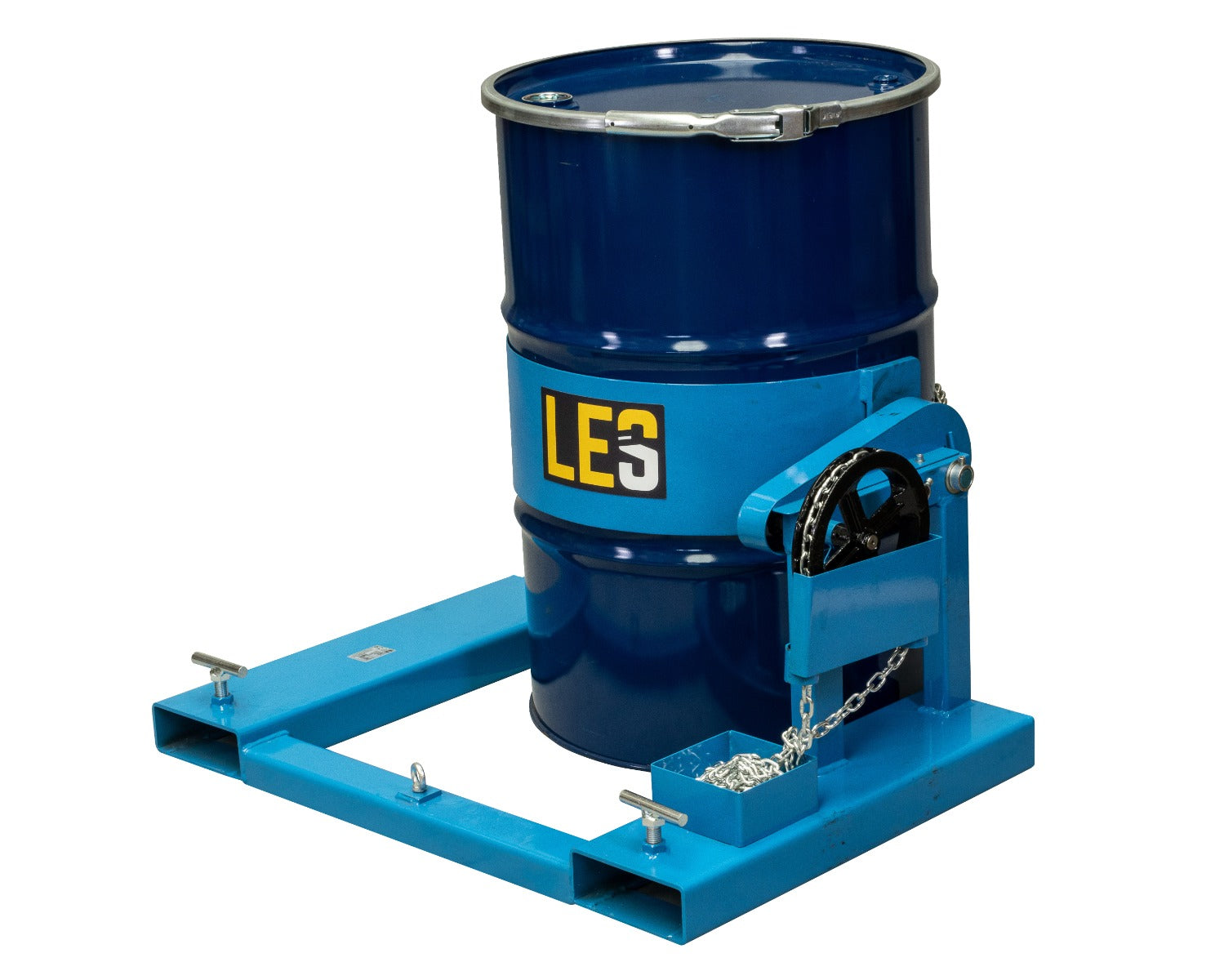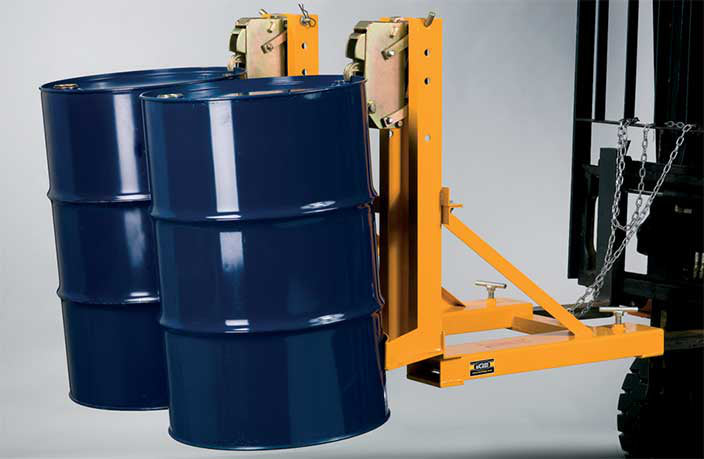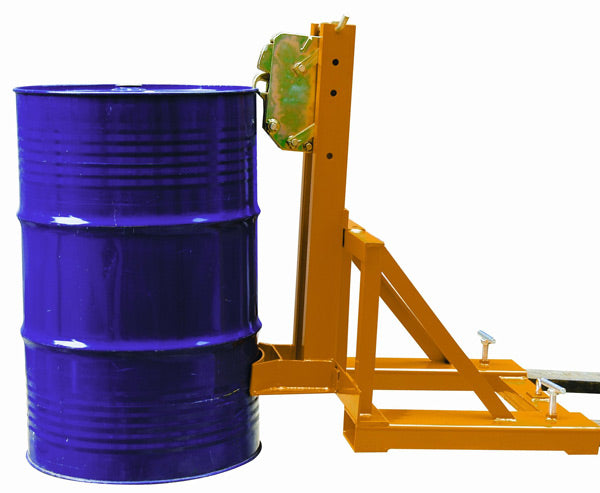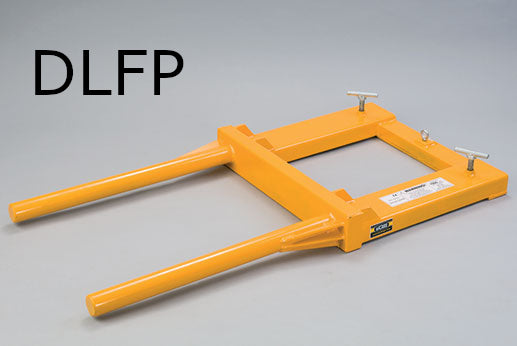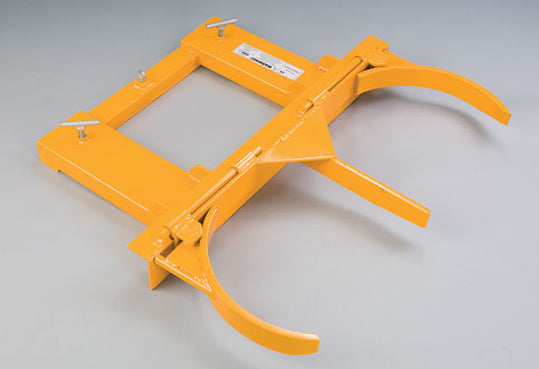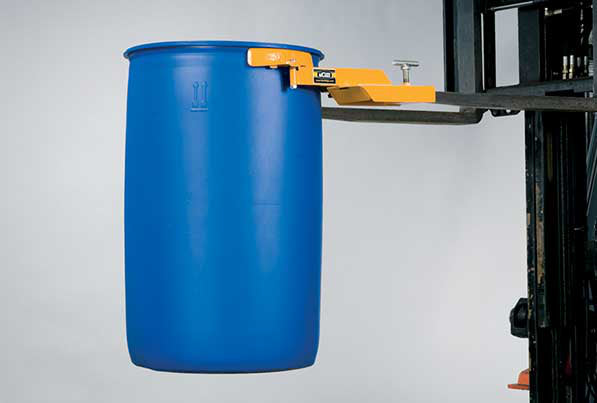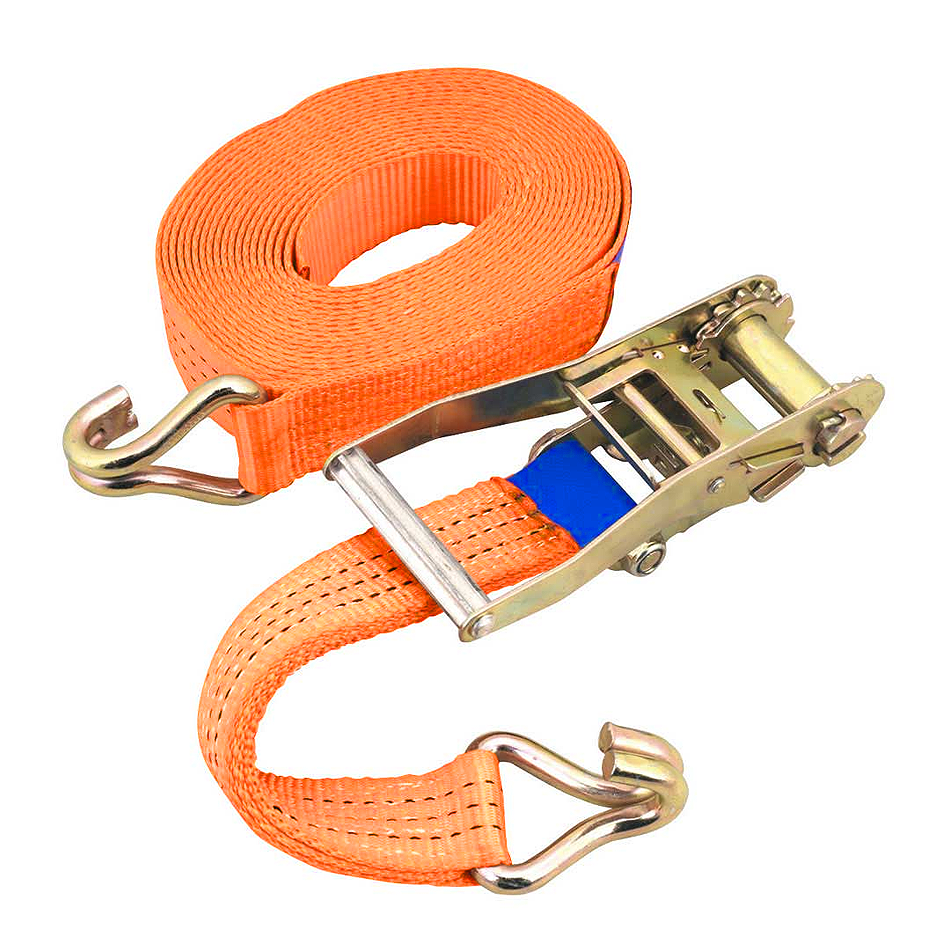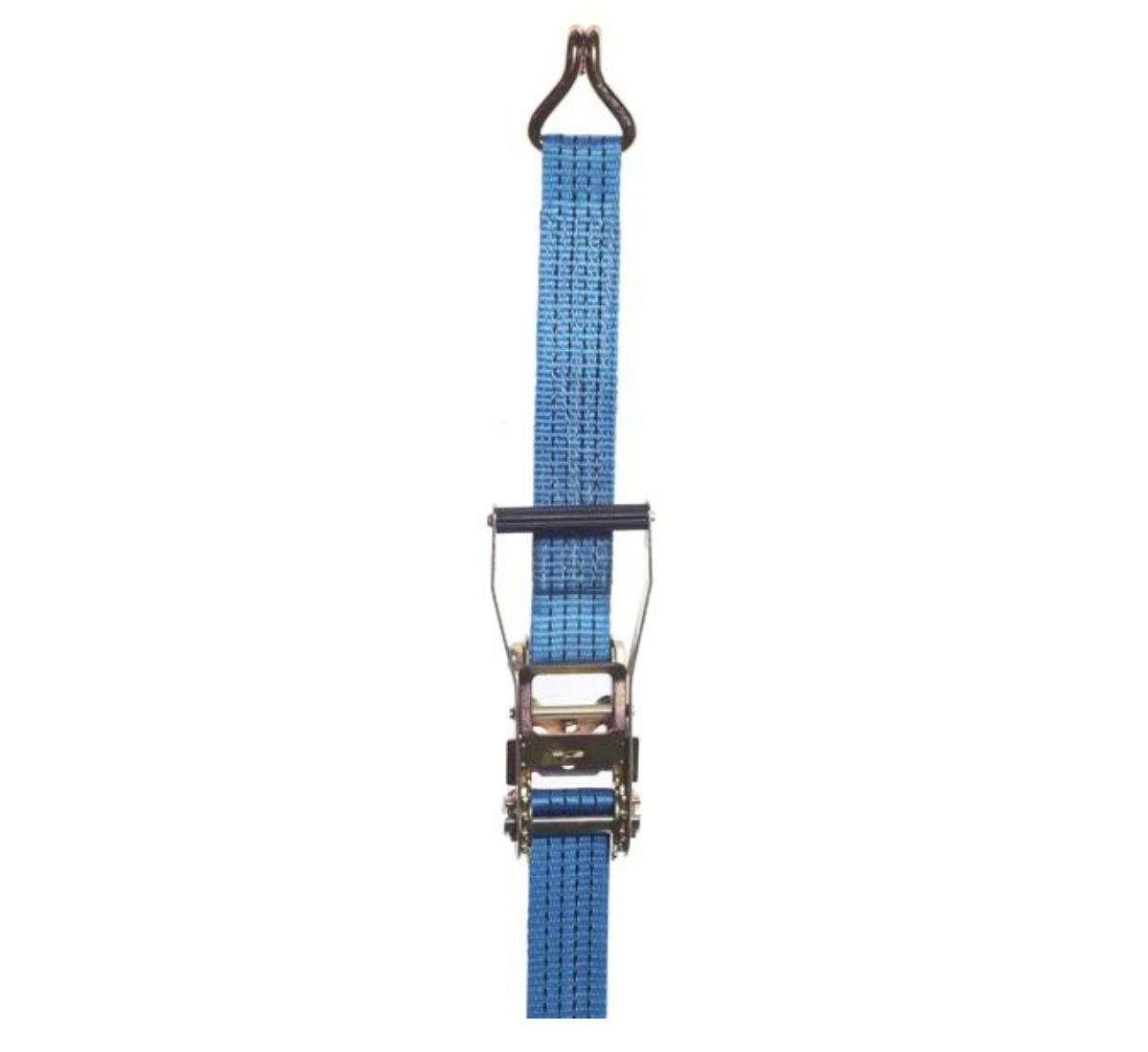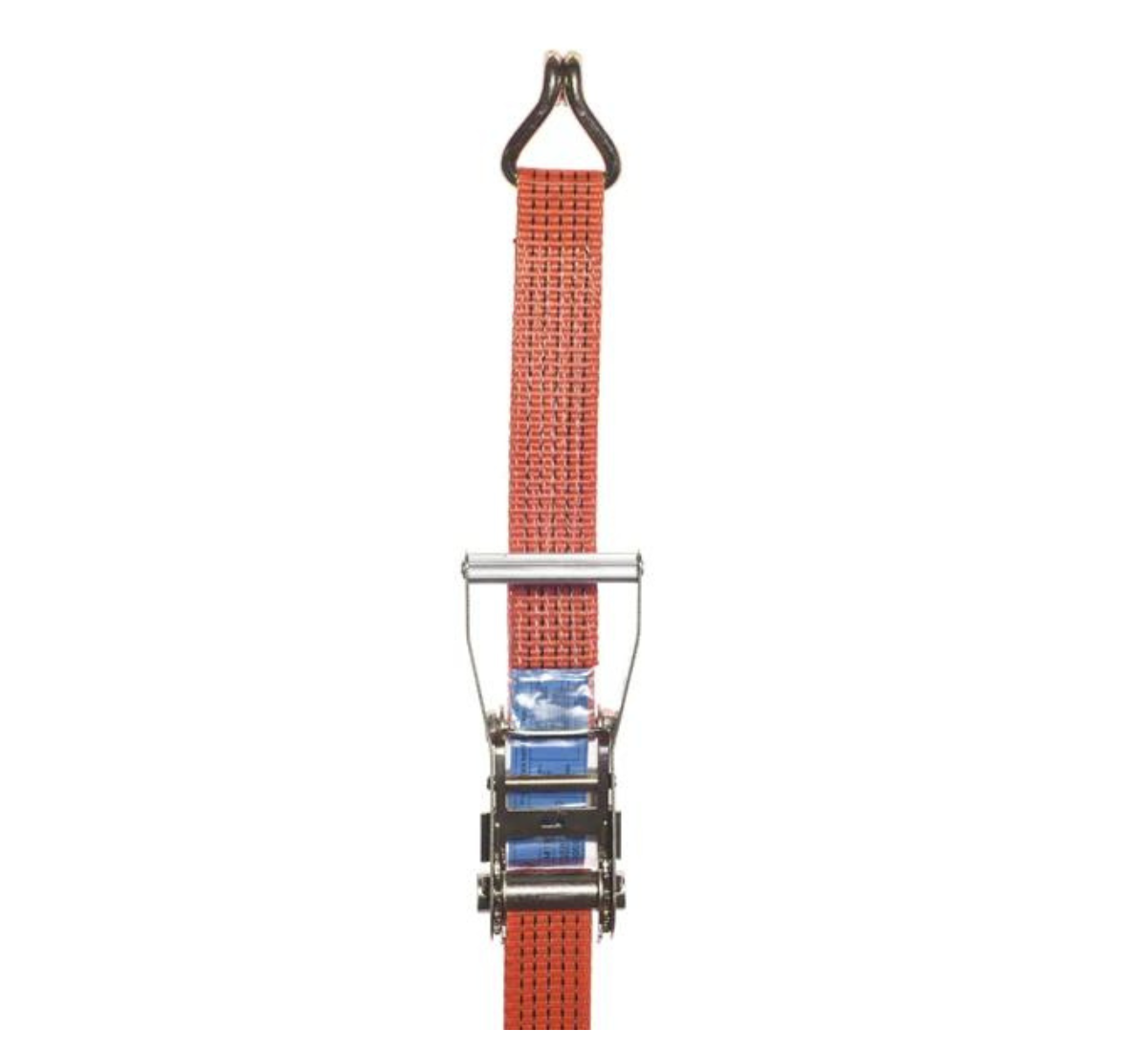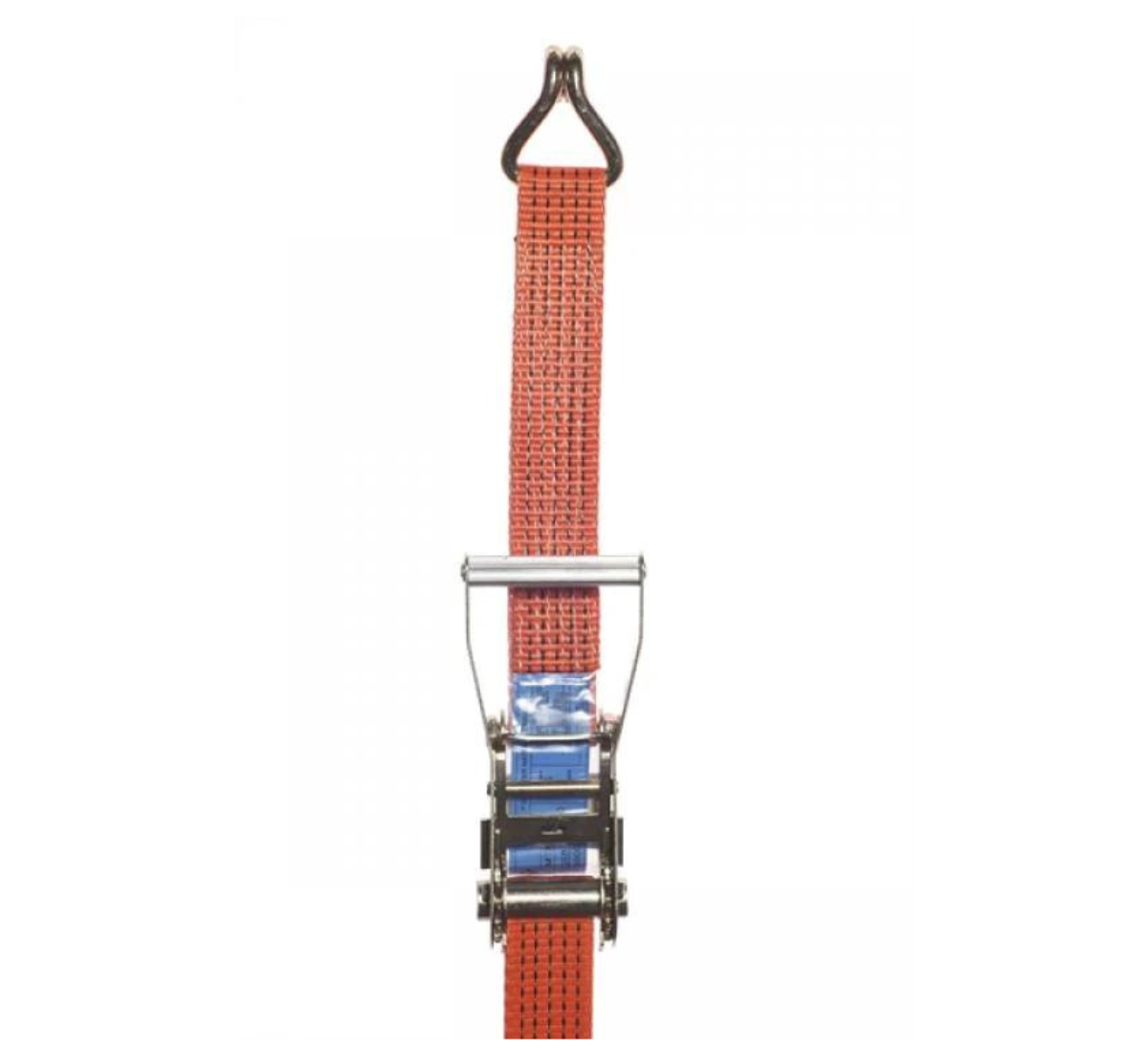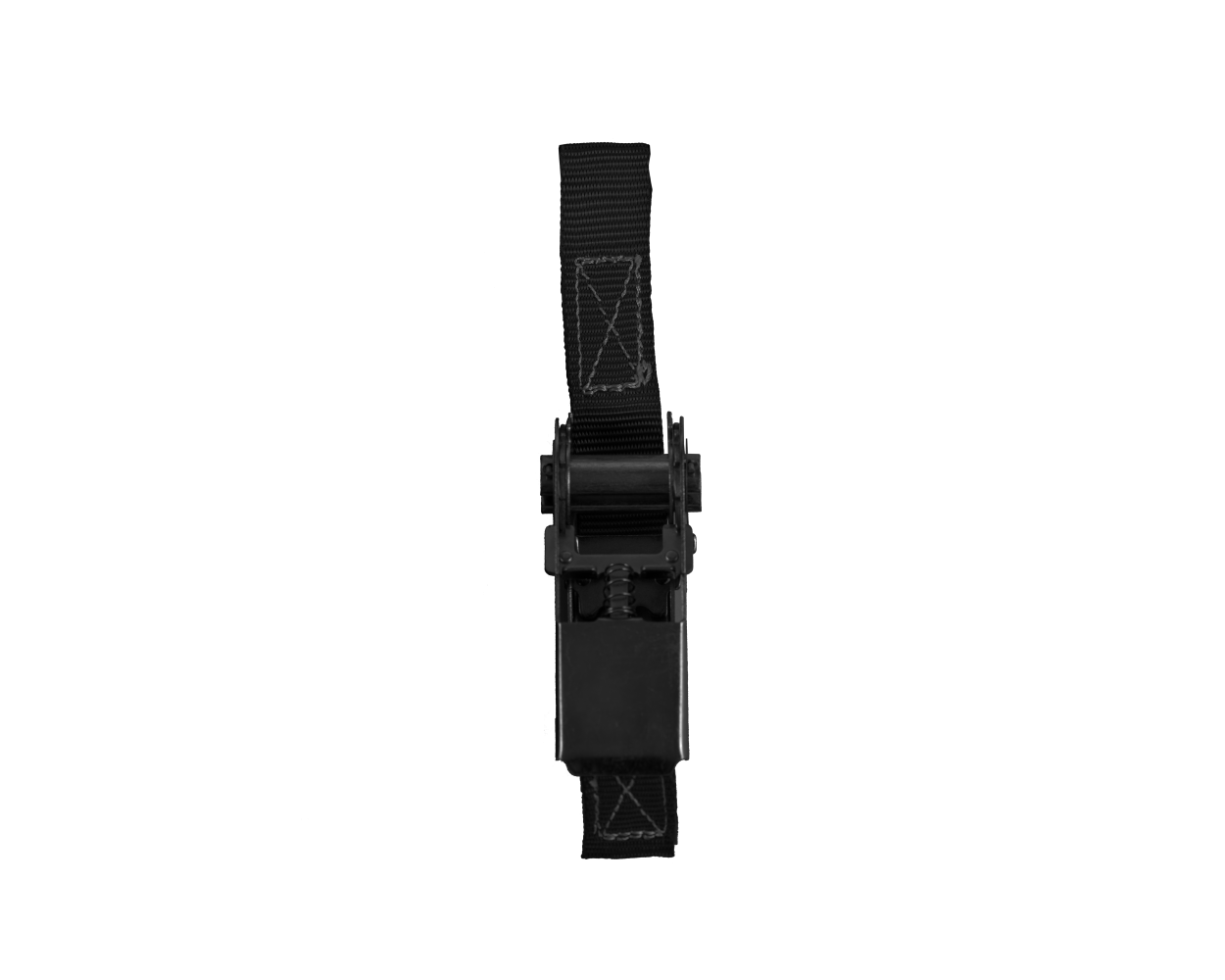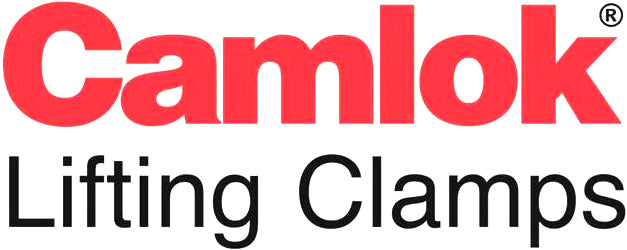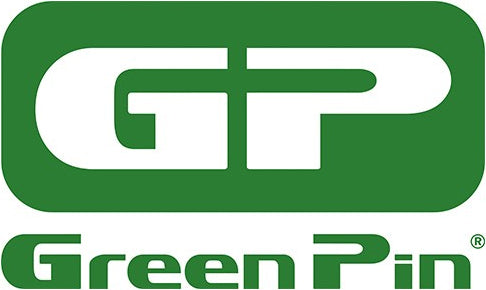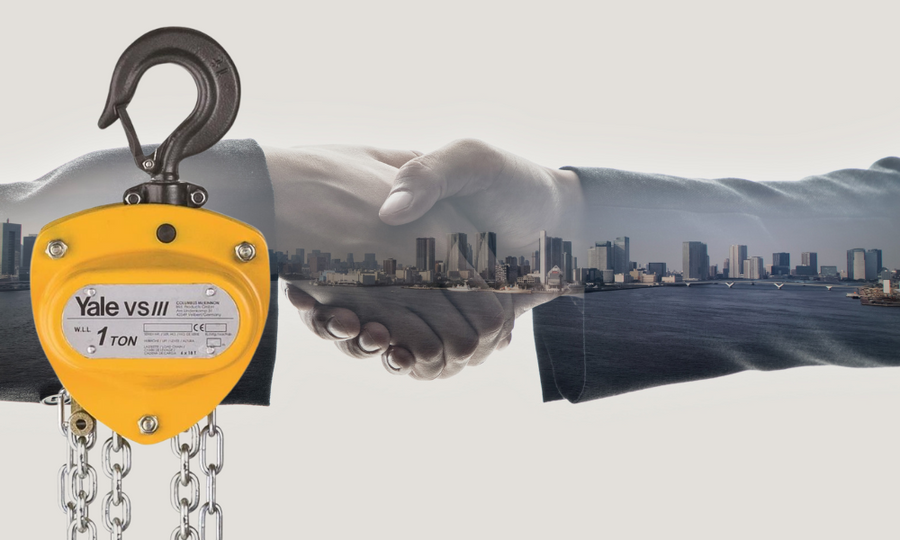Logistics
The logistics industry poses as the backbone of global trade, bridging the management, transportation, and distribution of goods from producers to end users. Can only be described as a dynamic and fast-paced industry, logistics heavily relies on efficiency, productivity, precision, and safety, and an extensive list of lifting equipment plays a vital daily role in achieving these goals.

Warehousing and logistics are commonly put in the same bracket, both fulfilling important functions within the supply chain, but there are distinguishing differences. Warehousing places focus on the safe storage of goods within a building, while logistics is the more functional aspect of storage and delivery of goods in warehouse environments.
The logistics industry poses as the backbone of global trade, bridging the management, transportation, and distribution of goods from producers to end users. Only described as a dynamic and fast-paced industry, logistics heavily relies on efficiency, productivity, precision, and safety, and an extensive list of lifting equipment plays a vital daily role in achieving these goals.
Lifting Aids in Logistics
Here is a brief breakdown of the types of tasks untaken daily in the logistics landscape, and what lifting solutions are commonly deployed to achieve the goals of businesses across the globe.
Loading & Unloading
Forklift Trucks:
A mainstay of logistics operations, forklift trucks are used daily for loading and unloading goods to/from trucks, lorries, trailers, and shipping containers. Available in a variety of configurations, such as counterbalance, reach, and rough terrain.
Reach Stackers:
These are specialist lifting vehicles more commonly seen in ports and container yards to handle shipping containers. They typically feature telescopic booms and spreader attachments facilitating the lifting and stacking of heavy containers with exceptional precision.
Warehousing & Inventory Management
Pallet Trucks:
Known as pallet jacks or pump trucks, these are commonly deployed to lift/move palletised goods within warehouses and distribution centres, particularly between storage racks to loading docks. Available in a wide range of configurations and lifting capacities, manual, pneumatic, and electrically powered versions are common.
Order Pickers:
Typically integrated into warehouse equipment, these offer the easy retrieval of items from high storage shelves. They remove the need for workers to operate at height, improving safety and order fulfilment procedures.
Material Handling & Assembly
Overhead Cranes:
This type of equipment, known as a swing arm or jib crane, are typically seen in manufacturing and distribution facilities for lifting heavy loads along a fixed path. They offer precise control by combining a bridge, electric or manual chain hoist, and a trolley system suspended via an overhead track.
Vacuum Lifters:
Less common and suited to more niche businesses, vacuum lifters are specialist devices that are used for handling flat or non-porous material such as glass, metal sheeting, and plastics. A range of suction cups grip and lift objects with the aim of minimising any risk of damage. Handheld vacuum lifters such as the Grabo are also available. Not suitable for every industry.
Maintenance & Repair
Hydraulic Jacks:
More commonly used in maintenance and repair applications, hydraulic jacks such as trolley jacks, bottle jacks, and toe jacks, are used in the servicing of equipment of vehicles like forklift trucks. Utilising hydraulic pressure to raise and support loads, they offer users a stable, secure, and cost-effective lifting solution.
Scissor Lifts & Lifting Tables:
A versatile lifting solution best used for accessing elevated work areas for maintenance, repair, or installation procedures. The criss-crossing mechanism raises and lowers the platform safely, increasing safety for workers at height, or allowing the steady handling of required equipment.
Transportation & Distribution
Conveyor Systems:
These automated material handling systems are typically used to transport goods within warehouse facilities. Omnipresent in this type of environment, the motorised belt and roller system facilitates product/component movement along a predefined path, significantly streamlining processes.
Crane Trucks:
Truck-mounted cranes are deployed for loading and unloading heavy cargo onto transportation vehicles. Their mobility and flexibility make them heroes within the logistics supply chain, particularly for businesses that frequently transport oversized or irregular shaped loads.
Please note that there are many more forms of lifting equipment used within the logistics industry such as lorry loads, bin lifts, skip loads, high lift access platforms, winches, and lifting accessories such as lifting slings and shackles. Our team are always on hand to discuss your needs should you be unsure on suitability.
WHAT THE LAW SAYS
Health and Safety laws outlay specific obligations for both employers and employers, with the proper controlling of lifting equipment assisting the management and elimination of risk.
Governed by the HSE, both LOLER & PUWER regulations are enforced in logistics environments, in an attempt keep workers safe during operations.
LOLER outlines three key principles: Proper planning and management, safe usage, and thorough inspections at suitable intervals. This regulation requires that lifting equipment that is used to lift people should be thoroughly examined every 6 months; all lifting accessories should also be inspected 6months; and 12 months thorough examinations for all other lifting equipment.
We can’t stress enough the importance of these requirements, but we also recommend, as an extra safety net, that all lifting equipment should undergo a visual inspection via its operator prior to any use. This will help identify any signs of wear and tear, allowing you to fix operational problems before they arise – improving safety and driving down costs.

